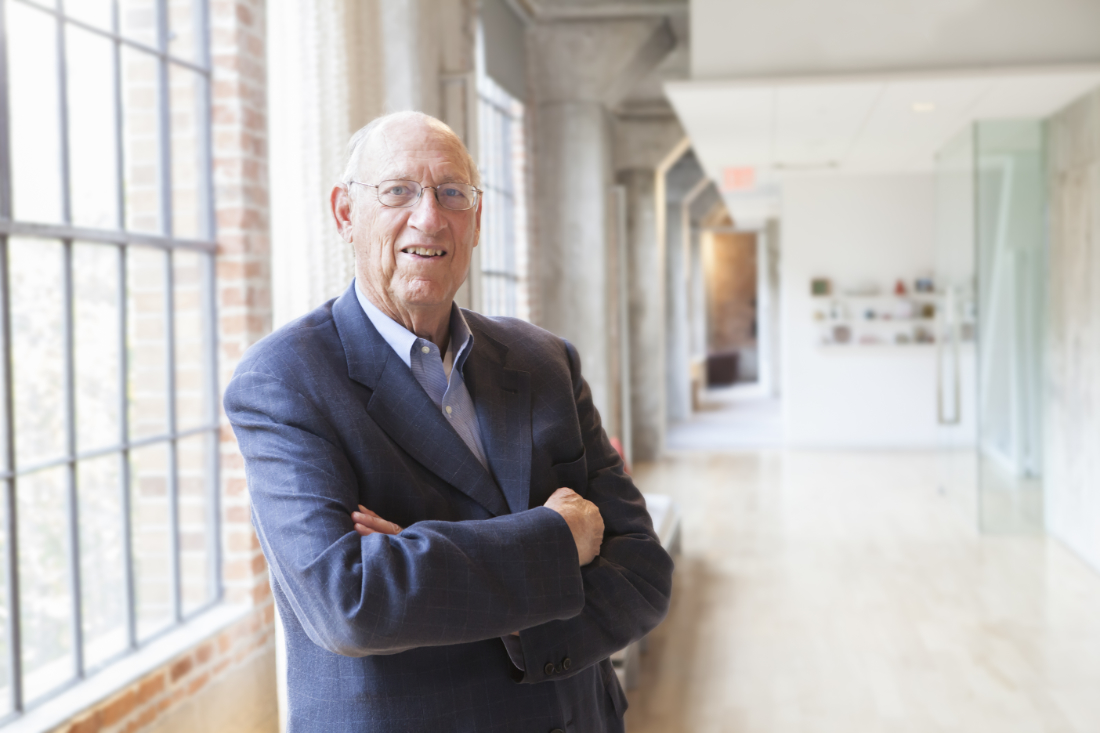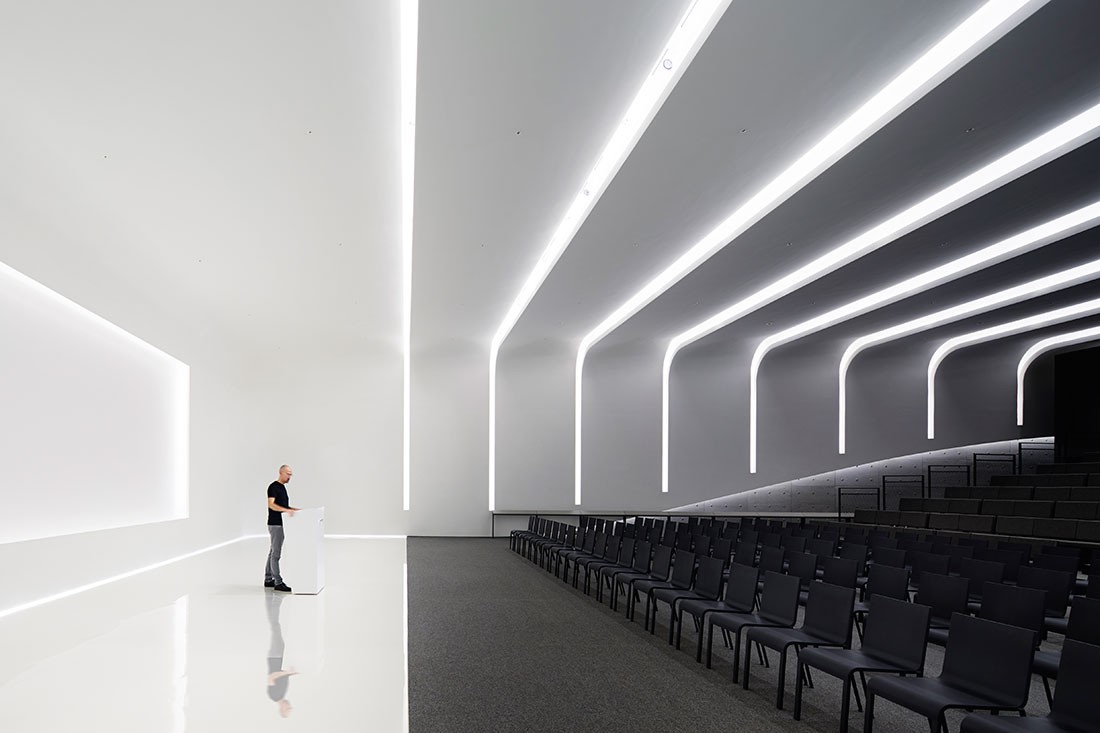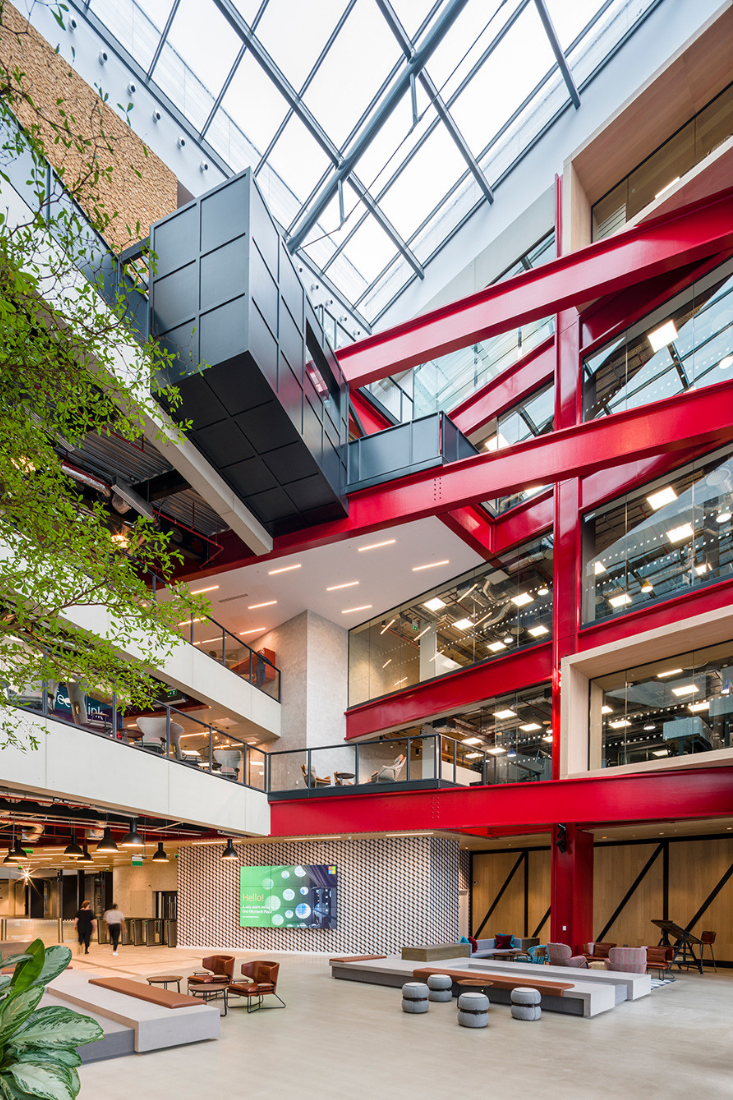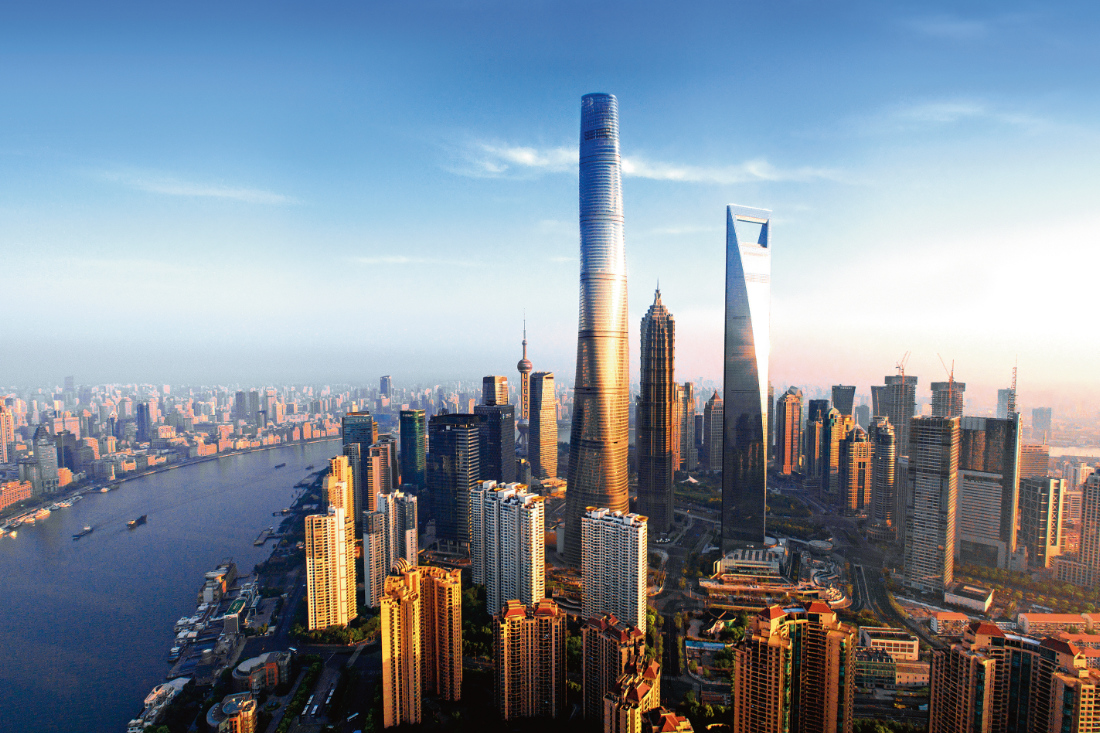Foremost architect Art Gensler died at the age of 85, leaving a great legacy for his eponymous firm and the industry.

Art Gensler. Photography by Emily Hagopian
May 24th, 2021
If there’s one person we need to thank for bringing the focus of contemporary design to office interiors at a time when nobody cared much for it, it’s Art Gensler. Widely credited with creating the blueprint for how countless professional services firms organise and manage themselves today, the American architect died at the age of 85 on 10th May at his home in California.
Gensler, who went by Art, founded his namesake studio in 1965 with his wife, Drue, and one draftsman, James Follett. At the time, they only had S$200 in the bank and was working in the back of another architect’s office in San Francisco. From a single digit workforce, the studio grew rapidly with offices opening around the U.S. in the ’70s and ’80s, and then internationally in the ’80s and ’90s. Today, it’s one of the world’s largest architecture firms with 5,000 employees across 50 offices.

Art Gensler. Photography by Emily Hagopian
Says Andy Cohen, Gensler Co-CEO: “Art didn’t want to be a ‘starchitect.’ In fact, what he built was a constellation of stars by hiring smart people and getting out of their way. It’s why Gensler is a pioneer in our industry.” Indeed, his pioneering spirit, ‘inside-out’ approach to architecture and selfless client-first design approach laid the foundation for the human experience framework that his firm still embraces to this day. These values have helped propel Gensler to global prominence long after Art stepped down as CEO in 2005 and Chairman in 2010.
Not many can say that they have had an impressive career as an architect for 65 years. Yet, one of Art’s greatest legacies was his focus on having the firm pass seamlessly from one generation to the next. This model of a self-governing and self-sustaining business entity that would evolve and grow over time birthed many incredible projects throughout the firm’s history. From office interiors to megaprojects, here are some great works from the firm to mark Art’s passing.
While designers take up the tenets of biophilia for working and learning spaces, Gensler seeks out the zenith of minimalism in a futuristic light-sculpted convention hall for Hyundai. The intention was for optimum focus, free of distraction – imparting a futuristic aesthetic that communicates the essence of Hyundai’s minimalist yet forward-thinking brand. Read more about the project here.

Hyundai Capital Convention Hall. Photography by Nacasa & Partners.
In bringing 2000 Microsoft staff into a single location, Gensler has deconstructed the typical working model. Taking its client into unchartered territories, the design team envisaged a new working landscape that moves beyond the corporate norms to embrace ‘island’ life. Gensler’s concept translates ‘typical island components’ into a functional office. Read more about the project here.

Microsoft Dublin. Photography by Gareth Gardener.
In 2015, Shanghai’s skyline welcomed the second tallest tower in the world. The Shanghai Tower’s transparent skin was designed to humanise the building and embrace city life. Its spiral form, on the other hand, allows the building to withstand the typhoon-force winds that are common in Shanghai. With the aid of the world’s largest tuned mass damper, the building can also withstand an earthquake of up to 7.5 on the Richter scale. Cutting-edge sustainable strategies and innovative public spaces set new standards for green community and provide an inimitable experience for working and living in skyscrapers. The tower has been awarded a China Green Building Three Star rating and a LEED® Platinum Certification from the U.S. Green Building Council.

Shanghai Tower. Photography by Blackstation
A searchable and comprehensive guide for specifying leading products and their suppliers
Keep up to date with the latest and greatest from our industry BFF's!

Channelling the enchanting ambience of the Caffè Greco in Rome, Budapest’s historic Gerbeaud, and Grossi Florentino in Melbourne, Ross Didier’s new collection evokes the designer’s affinity for café experience, while delivering refined seating for contemporary hospitality interiors.

Create a configuration to suit your needs with this curved collection.

Savage Design’s approach to understanding the relationship between design concepts and user experience, particularly with metalwork, transcends traditional boundaries, blending timeless craftsmanship with digital innovation to create enduring elegance in objects, furnishings, and door furniture.

It’s the final round of career moves for 2023. Stretching back to November, it’s a bumper list full of diverse and exciting appointments.

A Gensler celebration in Tokyo celebrates the practice and looks to the future of design.

If you’ve heard Tristram Carfrae speak, then you know he is a pretty inspiring individual. He is a natural leader of people and monumental projects that represent change for good. In this interview he speaks about Arup’s “secret sauce” and the challenge of channelling Gaudi.
The internet never sleeps! Here's the stuff you might have missed

We spoke with Jeffrey Wilkes of WILKESDESIGN about the John Portman-designed building, which has been infused with touches of local culture and colour.

A south coast escape that redefines hospitality architecture.